Starbucks Coffee at Mojiko Station
Starbucks Coffee opened at Mojiko Station when its renovation was completed in 2019.
The design is based on the waiting room when the station was built in 1914, and the
design concept is that of a storyteller.
 |
 |
 |
March 21, 2025
Nita Pass
One of the best scenic spot in Unzen. At any time of the year the natural
scenery of Nita Pass in Unzen is magnificent.
 |
 |
 |
March 16, 2025
Naganakibana Cape
The resort park features a beach, a campsite, restaurant and more.
The entire premises gets painted beautifully with colors of each and every
seasonal flower in season.
 |
 |
 |
March 15, 2025
Aso Shrine
Aso shrine one of the oldest and most prominent shrines in Japan,
and was built in 281 before accession of the 1st Emperor Jinmu.
 |
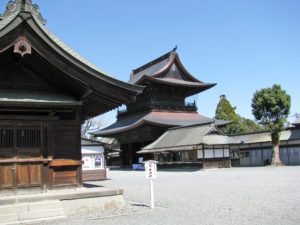 |
 |
March 14, 2025
Harajiri Waterfall
It is called Niagara Fall of Japan. The Ogata River, running through the center of the
Ogata plain, flows furiously down a cliff and creates Harajirifall.
 |
 |
 |
March 13, 2025
Toi cape
Wild horses are living here. Gentle hills extend, and you can observe wild
horses, called Misaki-uma, living and grazing there. It is said that the
Misaki-uma are the descendants of army horses left grazing and which
became wild 300 years ago.
 |
 |
 |
March 12, 2025
Itoshima Oyster Barbecue Hut
Itoshima oyster growing up in the rich nature of mountain and sea.
There are many Oyster Barbecue Huts at five fishing harbours.
The huts only open during the season, from end of October to
March or April.
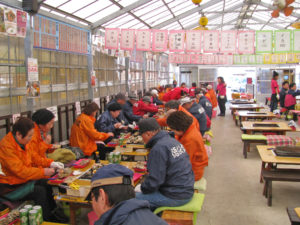 |
 |
 |
March 11, 2025
Net fishing experience in Itoshima
This is one of the traditional fishing methods using fishing net in which the fish are
caught by pulling both end of rope by hand. The net is set up by boat so that it is spread
over the points where fish are likely to gather, and the rope is returned to the shore.
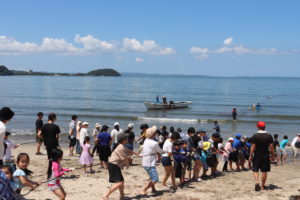 |
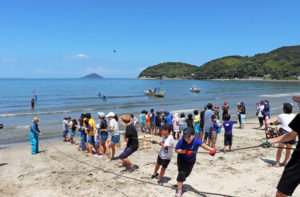 |
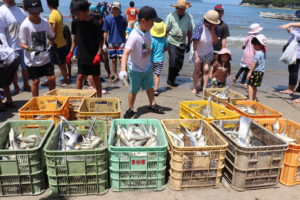 |
March 10, 2025
Udo Shrine
Beautiful and exciting Shine, located the cave of the cliff side facing the Pacific Ocean
in Miyazaki-prefecture. In legend, a goddess of sea built a hut to give birth to a great
god here.
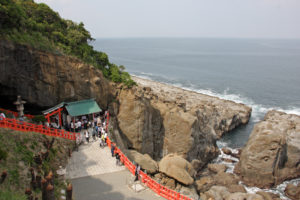 |
 |
 |
March 09, 2025
Gunkanjima island cruise
The cruise ship take you exploring Tachibana bay from Nagasaki port and landing on Hashima
island. Now Hashima is a ruins called “Gunkanjima”, so called after its resemblance to the
silhouette.
 |
 |
 |
March 08, 2025
